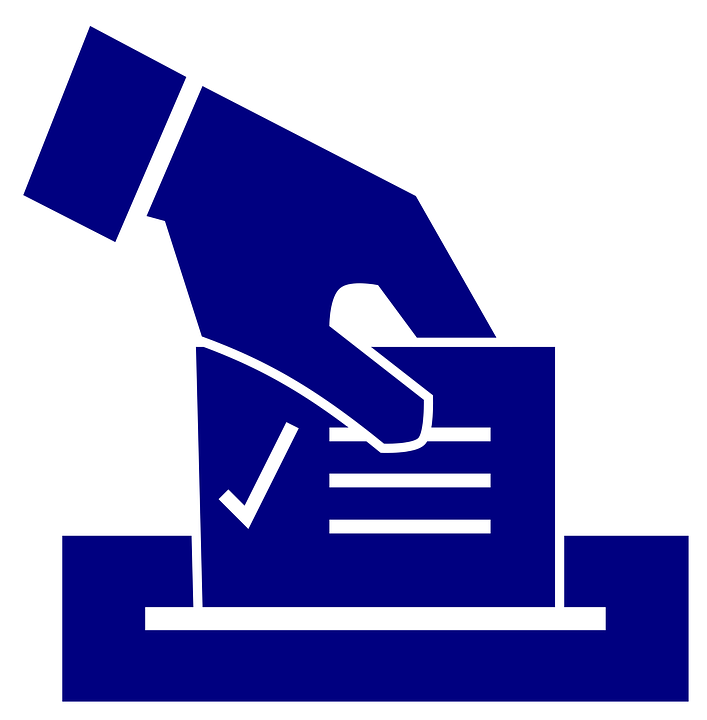A series of eighteen copper bowls hang from a long black panel. Brilliant in color, some have kneaded, furled edges, while others have smooth, buffed surfaces. This series entitled “Noise,” is an installation made by Maryland-based Metal-smith Mawadda Alaswadi for the 12th Annual Muslim Women in the Arts (MWIA) exhibit, “Healing & Empowerment: Violence, Women & Art.” Mawadda’s installation expresses the different stages one experiences in being a victim of sexual abuse.
The various sizes of the bowls symbolize the intensity of flashbacks from the traumatic experience; small bowls represent fleeting memories that come on a daily basis, and larger bowls allude to the agony of reliving the entire moment over again. The depressions on the malleable surfaces of the copper bowls mimic the idea of physically fighting back. The hammering sounds made in forming and shaping the bowls resonates with the tendency for victims to block thoughts, and repress communication that could lead to healing.
Approximately forty works of art made by fifteen Muslim female Artists from the DMV Tri-State area were exhibited on April 22, 2011, in Silver Spring, MD, as part of MWIA’s effort to raise awareness about global violence and abuse upon women through the medium of art. Work ranged from metalwork, ceramics, textile art, and jewelry, to photography, painting and charcoal. Local female empowerment groups such as Peaceful Families Project (Herndon, VA) and Interfaith Community Against Domestic Violence (Silver Spring, MD), as well as activists such as Mildred Muhammad, founder of After The Trauma, Inc., also set up booths and made themselves available to distribute resources and information. Our keynote speaker, Marta Sanchez, came to us from California to lead an interactive discussion and workshop on seeking understanding and healing after abuse through the power of art, poetry and story telling.
In an interactive segment with the audience, Marta recited a line from her poem: “I’ve endured all kinds of atrocities and obscenities because somehow my visibility has indicated that I warrant no respect.” The audience responded in synchrony, “STOP!” Marta exclaimed, “Say it like the one word that will be carried out into the universe and stop all of violence.” The unanimous “STOP” became even louder. Marta continued the exercise in her workshop after the keynote speech.
The 200 or so people who attended the exhibit were a testament to the event’s success, but even more meaningful than this experience was what took place before and after the opening night.
In January of this year, I became the Coordinator of MWIA, a group originally founded in 1999. Having a passion for women’s empowerment through the arts, I immediately approached MWIA members and other female Muslim artists in the community to collaborate on creative interpretations and expressions of abuse and empowerment, with no restrictions in terms of art content or medium. Over the course of four months, we researched issues of violence, explored artwork made by other artists, eventually opened up our meetings to include professionals working in the domestic violence field, and finally shared our insights and motivations for a work of art that we had created ourselves. This gave each artist an opportunity to share her own story, whether it was one of empathy, personal experience, or an event in someone else’s life she had known.
As a collective, we discovered that there was therapy in shaping copper forms, in pouring glaze over ceramics, in painting on canvas, or setting up a photography scene. We experienced the healing in sharing our processes and meeting in our art circles to provide feedback and support. Ultimately, there was empowerment in exhibiting our work publicly alongside each other, and having the opportunity to engage in discussion with audience members. Using art to develop a language that expressed the trauma of violence and the benefits of art as therapy initiated a shift in people’s minds.
Following the event on April 22nd, I was directly approached by Muslim advocacy groups, as well as art galleries, to present our “Healing & Empowerment” exhibit to help their own efforts in the fields of domestic violence and sexual assault, or art therapy. The work in our exhibit acted as a catalyst for discussion and raising awareness about the profound effects of all forms of abuse. Needless to say, as a community who openly speaks about the prevention and elimination of violence and abuse, we are still in the nascent stages. However, as our discussions mature, the shift towards a more interdisciplinary approach to include artists and their works is being understood as one that is necessary to make progress in this field. Art is truly starting to be recognized for communicating a universal language – one that is bringing hope, opportunity, and transformation to those affected by trauma.
“Healing & Empowerment: Violence, Women & Art” can be viewed again in late August-September at the Saville Gallery in Cumberland, MD . The artists’ works and images of the April event can be seen here. In addition, Nadia will be representing MWIA at the 48th Annual ISNA Conference in Chicago, IL next month in the bazaar area at Booth #207. If you have any further questions about MWIA, please email muslimwomeninthearts@gmail.com or visit http://mwiarts.wordpress.com




